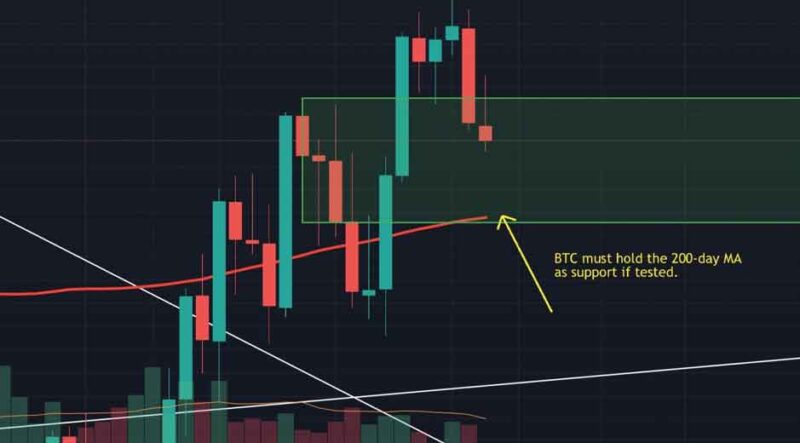Bitcoin, the world’s first decentralized cryptocurrency, has grown significantly in popularity and value over the years. As more people explore the digital currency market, understanding how to read Bitcoin price charts becomes essential. In this guide, we’ll walk you through the basics of interpreting Bitcoin price charts, mainly focusing on the Bitcoin price chart for AUD so that you can make informed decisions.
Why Bitcoin Price in AUD Matters
Bitcoin operates globally, but each country has unique currency and economic conditions. In Australia, for example, Bitcoin’s price is often displayed using the Bitcoin price AUD chart, which shows its value in Australian Dollars (AUD). For investors and traders in Australia, the Bitcoin price chart is critical for gauging market movements, making informed purchasing or selling decisions, and understanding overall market sentiment.
Understanding the Bitcoin AUD Chart
The price AUD chart provides a visual representation of how the value of Bitcoin has changed over time in terms of Australian Dollars. This chart typically shows the price on the vertical axis (y-axis) and the time on the horizontal axis (x-axis). A simple line graph, candlestick, or bar chart may represent Bitcoin price movements.
When reading a Bitcoin AUD chart, it’s crucial to understand some essential components:
- Candlesticks– In a candlestick chart, each candlestick represents a specific period (e.g., one hour, one day). The candlestick’s body shows the opening and closing prices of Bitcoin during that time frame, while the “wick” or “shadow” of the candlestick displays the highest and lowest prices reached during that period.
- Time Frames– Charts can be viewed over different periods. A short-term view may show Bitcoin price movements over hours or days, while a long-term chart may cover weeks, months, or even years. Depending on your investment strategy, choosing a time frame that fits your needs is essential.
- Support and Resistance– Support levels represent the price point at which Bitcoin tends to stop falling as buyers step in to prevent further declines. Resistance levels, on the other hand, indicate where the price tends to hit a ceiling before facing selling pressure. Identifying these levels can help you make better predictions about future price movements.
- Volume– Volume indicates how many Bitcoin transactions occurred during a given period. Higher volume typically signifies greater market activity and can be an important signal for traders to identify potential price changes or trends.
Key Indicators for Bitcoin Price Analysis
Consider using technical indicators to improve your ability to read the Bitcoin AUD price chart and forecast potential trends. Traders widely use these tools to assess price movement patterns and market sentiment. Some common indicators include:
- Moving Averages– A moving average smooths out price data to identify trends over a specified period. The two most widely used types are the Simple Moving Average (SMA) and the Exponential Moving Average (EMA).
- Relative Strength Index (RSI)– The RSI analyzes the rate and direction of price shifts, which is commonly applied to identify when assets are overbought or oversold. A reading above 70 typically indicates that Bitcoin is overbought, while a reading below 30 suggests it may be oversold.
- MACD (Moving Average Convergence Divergence)– The MACD is a momentum indicator that follows trends and highlights the relationship between two moving averages. It can help traders identify changes in momentum and potential buy or sell signals.
Reading Bitcoin price charts, especially the Bitcoin price AUD chart, is essential for anyone involved in cryptocurrency trading or investment. By understanding key chart components, technical indicators, and market trends, you can better navigate the volatile world of Bitcoin. Always remember to combine chart analysis with fundamental research to make well-rounded decisions. Whether you’re a beginner or an experienced trader, mastering chart reading is a critical step in your cryptocurrency journey.








